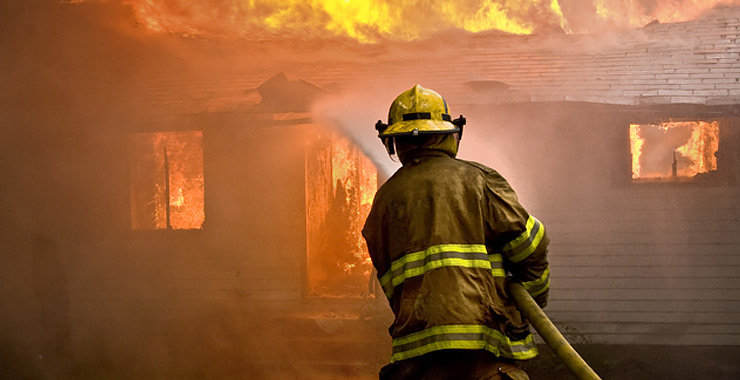A fire can leave a devastating impact in its wake, affecting not only physical structures but also the emotional well-being of those affected. The aftermath of a fire is a daunting situation that requires swift and informed action. This article serves as a comprehensive guide to understanding fire damage, its causes, effects, and the steps to effectively restore and recover from its aftermath.
The Causes and Effects of Fire Damage
Fires can be ignited by various factors, including electrical faults, cooking accidents, faulty appliances, and even natural disasters. Regardless of the cause, the effects of fire damage can be extensive and far-reaching. Fire can not only consume personal belongings and structures but also lead to smoke damage, water damage from firefighting efforts, and compromised indoor air quality.
Immediate Steps After a Fire
- Safety First: The safety of individuals is the top priority after a fire. Ensure that everyone has evacuated the premises and seek medical attention for any injuries.
- Contact Authorities: Report the fire to the appropriate authorities and follow their guidance regarding inspections, investigations, and necessary documentation.
- Notify Insurance: Contact your insurance provider to initiate the claims process. Document the extent of the damage through photographs and detailed descriptions.
- Professional Assessment: Once authorities have deemed the area safe, enlist the services of a professional fire damage restoration company to assess the extent of the damage.
Understanding Fire Damage Restoration
Fire damage restoration is a complex process that involves not only repairing visible damage but also addressing hidden issues such as lingering smoke odor, compromised structural integrity, and potential health hazards.
Steps in Fire Damage Restoration
- Assessment: Trained professionals conduct a thorough assessment of the damage, identifying areas that require immediate attention and creating a restoration plan.
- Structural Cleaning: The process of cleaning and sanitizing structures involves removing soot, residue, and debris from surfaces. This step is essential for restoring a safe and habitable environment.
- Odor Removal: Lingering smoke odor can be eliminated through specialized techniques such as thermal fogging, ozone treatments, and deep cleaning.
- Content Restoration: Fire damage restoration also involves salvaging and restoring personal belongings whenever possible. Items are carefully cleaned, deodorized, and repaired.
- Reconstruction: In cases of severe damage, reconstruction may be necessary to restore the property to its pre-fire condition. This can involve repairing or replacing structural components.
The Emotional Toll and Recovery Process
Recovering from fire damage extends beyond the physical aspects; it also involves addressing the emotional toll it takes on individuals and families. The loss of personal belongings and memories can be overwhelming. Seeking emotional support through counseling, support groups, and the assistance of friends and family can aid in the recovery process.
Preventing Future Fire Damage
While fires can be unpredictable, there are steps you can take to minimize the risk of future fire damage:
- Install Smoke Alarms: Ensure that smoke alarms are installed in key areas of your property and regularly test their functionality.
- Proper Electrical Maintenance: Regularly inspect electrical systems and appliances for any signs of wear or malfunction.
- Safe Cooking Practices: Practice safe cooking habits, such as never leaving cooking unattended and keeping flammable items away from heat sources.
Rebuilding and Moving Forward
Recovering from fire damage is a journey that requires patience, determination, and professional assistance. Whether it’s restoring the physical structures or healing emotionally, the process takes time. By understanding the challenges posed by fire damage and taking proactive steps to restore and rebuild, individuals and families can rise from the ashes, rebuild their lives, and create a brighter future.
